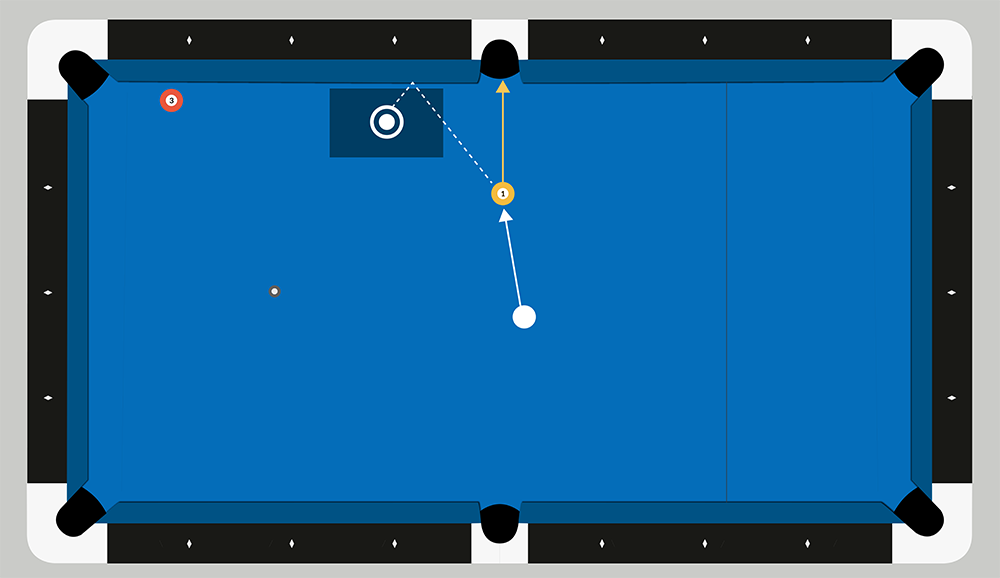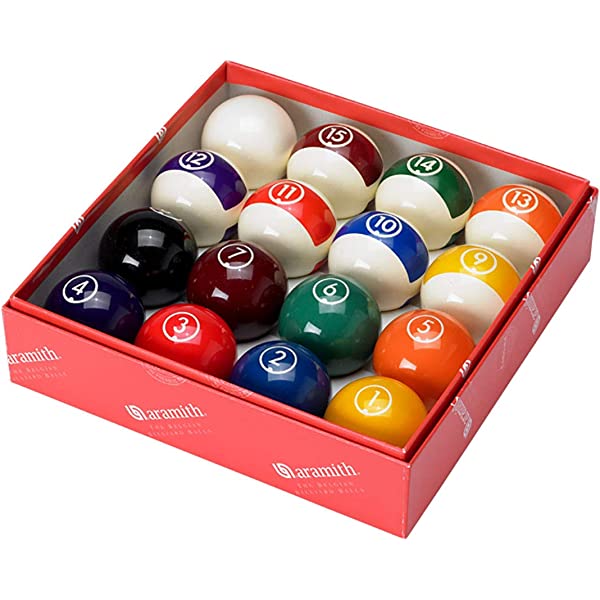
Despite not knowing the origin of the pool table's invention, it is undisputed that the game has been around for many years. The earliest known records of the pool table date back to Northern Europe in the 1500s. The game became popular with men and women of all ages. It has also remained popular in the United States for many years.
The original game of pool was played on grass, or a board with holes in the middle. The object balls were numbered one through fifteen. The game was similar, except that you pushed the ball and not struck it. To strike the ball, people used a stick made of wood called a "mace" in the 1600s.
The game was made more fun by the addition of a cuestick and a wooden hoop as well as the use of the balls. The game became extremely popular in Europe, and it spread to America. However, the game did not become popular until the Industrial Revolution.

The game's history is a little hazy, but there are a number of people who have contributed to its development. First, King Louis XI from France is credited for inventing indoor billiard tables. The game also developed into a popular pastime in England, which grew in popularity after the Industrial Revolution. The French nobility loved the game.
It became a popular game in the United States after it was introduced. Many of the first settlers brought the game to the United States, and billiards tournaments were held throughout the country. The game became more popular in better saloons. However, the equipment was costly and prohibitive for lower income people.
The history of the game was made more complicated when ivory became a ball material. Originally, ivory was made of elephant tusks. Ivory became more fashionable in the 17th and 18th centuries, but it was not durable and was prone to cracking when struck with extreme force.
Ivory pool balls were replaced by a new ball material in the 1920s. This new ball material was made from a mixture of nitrocellulose and camphor, and it could explode when struck with extreme force.

This new material was known as a composite ball. Although the nitrocellulose was not very stable, it was an inexpensive alternative to ivory. After a while the stick and hoop had to be abandoned. Also, the cue tip was changed to a leather tip which greatly improved ball hitting.
It continued to evolve and, in the late 1800s it became a popular game in the United States. John Wesley Hyatt, an American billiards player, created a ball from camphor and nitrocellulose in the 1870s. This ball material did not last long and could explode if it was struck with great force.
Michael Phelan - a successful pool player - was another significant figure in the evolution of the game. Phelan's father emigrated from Ireland to the United States in 1883, and Michael followed him into the pool hall business. Eventually, he wrote a book on pool, which inspired a new generation of players to move away from ivory balls.